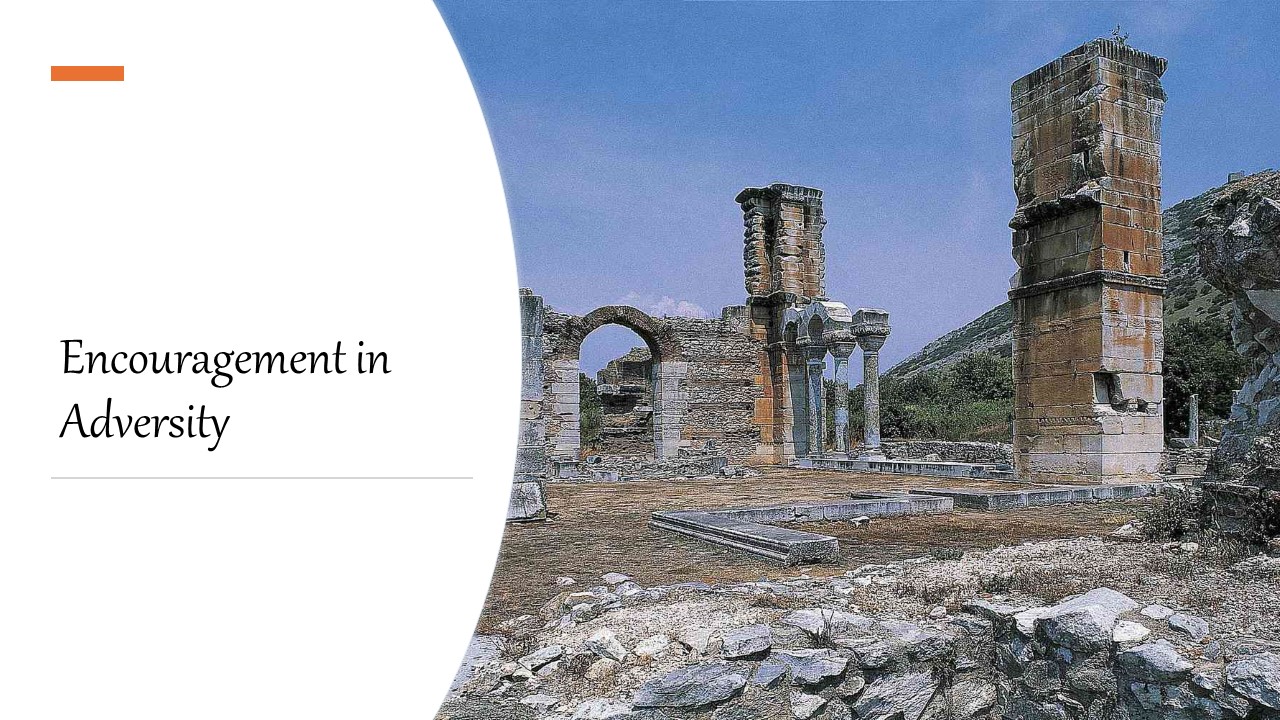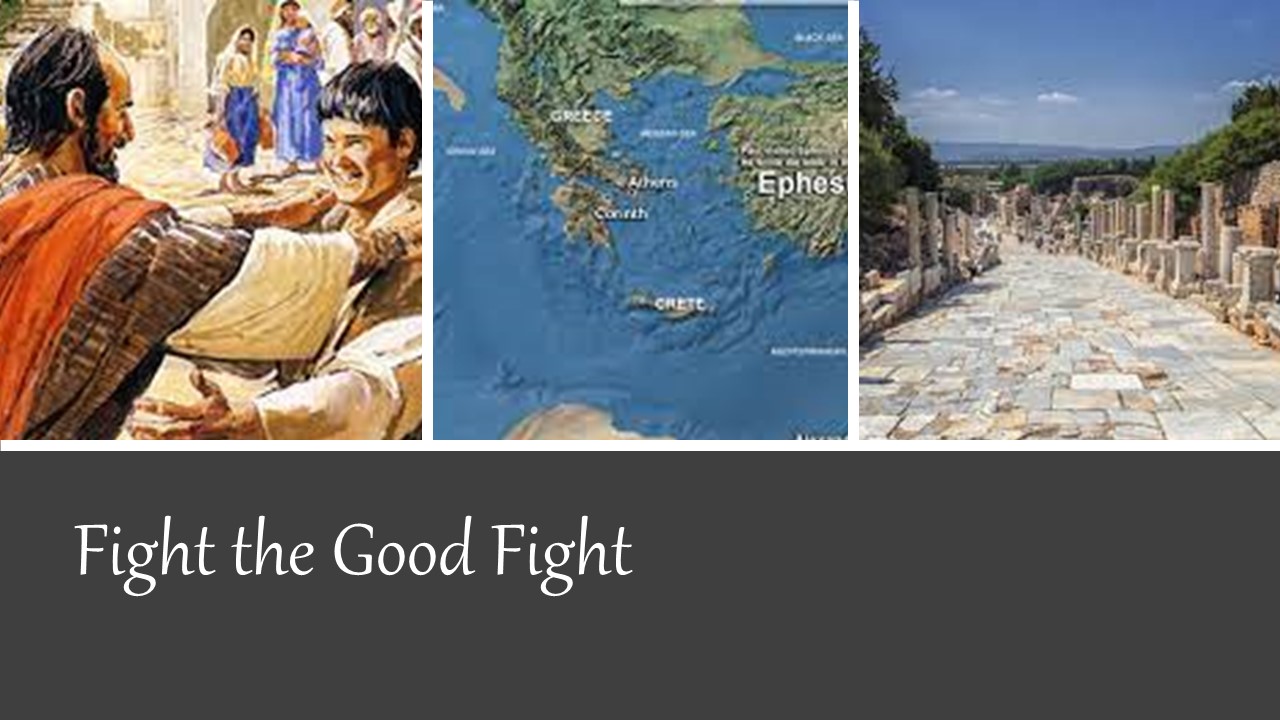In Part 6 of The Disciple Whom Jesus Loves, the story follows Jesus and His disciples as they leave Jerusalem after the Passover and travel back toward Galilee—this time intentionally passing through Samaria, a region avoided by many Jews. Tired from the journey, they stop at a well near Sychar. While the disciples go into town for food, Jesus remains alone and begins an unexpected conversation with a Samaritan woman. This interaction breaks multiple cultural norms, as she is not only a Samaritan but also a woman with a troubled past. Still, Jesus speaks to her with dignity and truth, offering her something far greater than water from a well—living water, a gift of eternal life and spiritual renewal.
The musical centerpiece of the episode, “Living Water,” captures the emotional transformation of the woman as she moves from skepticism to wonder. Jesus reveals her deepest truths without judgment and teaches that true worship is not about sacred places or rituals, but about spirit and truth. In a moment of stunning clarity, He declares to her, “I who speak to you am He,” openly identifying Himself as the Messiah. Overwhelmed, the woman leaves her water jar behind and rushes into town, her shame replaced with purpose. She becomes the first evangelist, boldly proclaiming, “Come and see a man who told me all I ever did!”
The episode ends with the joyful, energetic ensemble number “Come and See,” celebrating the woman’s transformation and the ripple effect of her testimony. The townspeople are stirred not only by her words but by hearing Jesus for themselves, and they invite Him to stay. He remains in Sychar for two days, marking a powerful moment in which boundaries of race, gender, and religious division begin to fall away. An elder John reflects on the contrast between Nicodemus, who came by night in secrecy, and the Samaritan woman, who encountered Jesus in broad daylight and became a fearless witness. In these encounters, the revolution of grace is already unfolding.

The Parable of the Rich Fool (Luke 12:16-21) is a jarring teaching that confronts the universal human temptation toward idolatry, self-sufficiency, and the delusion...

The Book of Philippians, written by the Apostle Paul during his imprisonment in Rome, is a letter filled with joy and encouragement despite Paul's...

We wrap up the book of 1 Timothy by describing the context in which Paul writes the letter. We list 10 key ideas that...